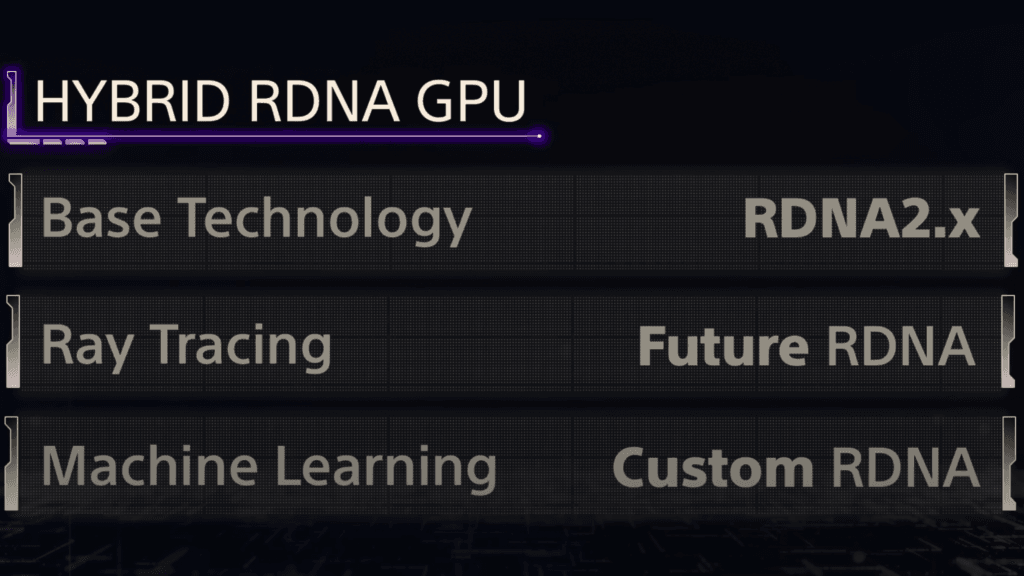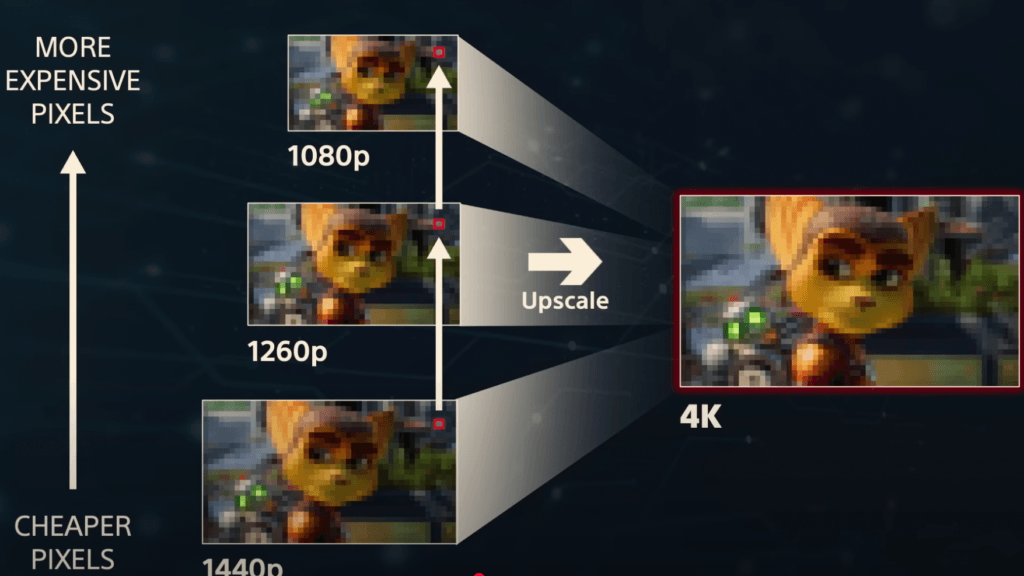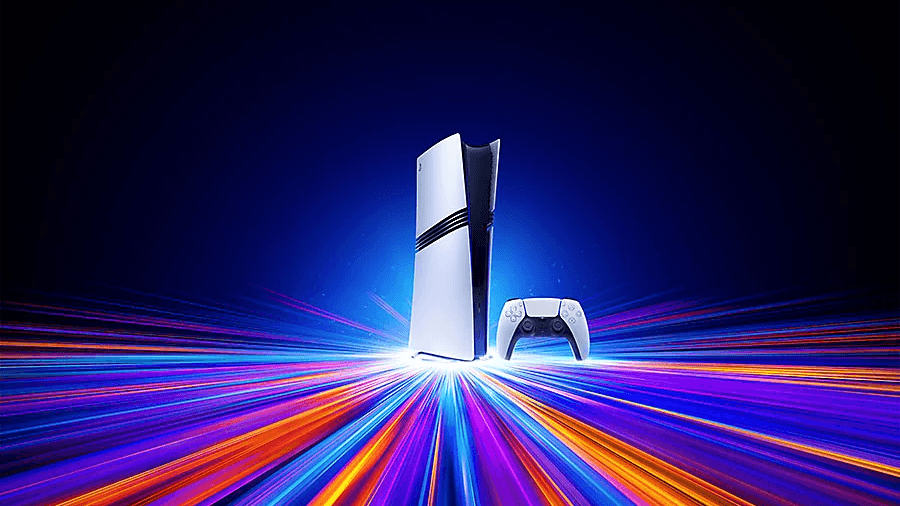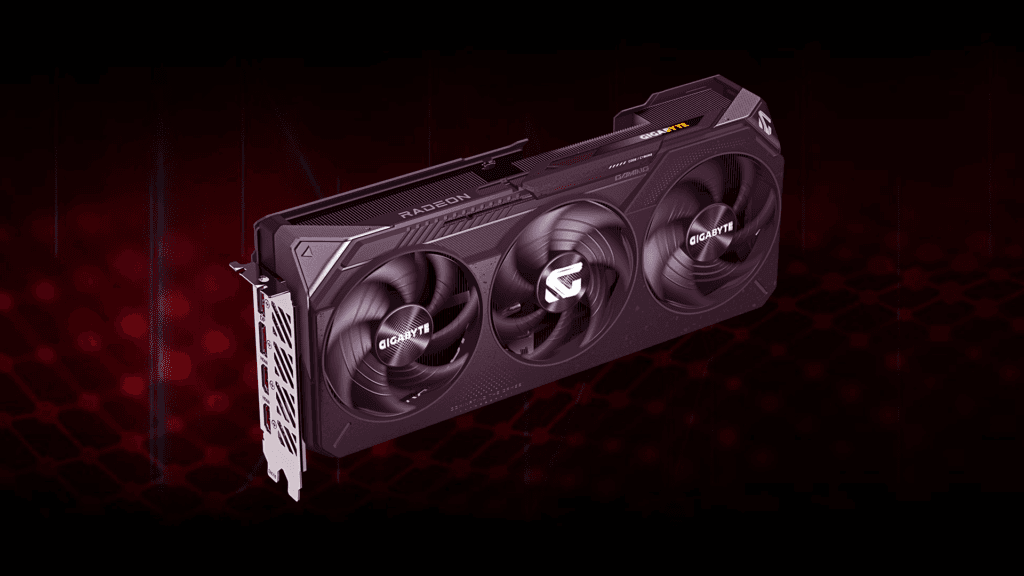Unlike the jump from PS4 to PS4 Pro, which saw a doubling of graphical performance, a bump in resolution from 1080p to 4K, support for HDR, and a host of smaller tweaks, all of which were made available at the same price as the base PS4, the PS5 Pro asks a lot and appears to offer very little.
Sony themselves state that with the PS5 Pro, overall performance has only improved by 45% on average. This would have been fine if not for the fact that Sony also pushed the price up by a similar percentage, and made the disc drive an $80 add-on. Adjusting for inflation, this makes the PS5 Pro the most expensive consoles Sony has ever made (inflation-adjusted PS3 pricing is a dollar or so shy of PS5 Pro + disc drive pricing), and by far the most expensive game console you can buy today.
It’s not surprising then that initial impressions of the new console aren’t very favourable. One of the most charitable reviews basically states that the upgrade only matters if you sit closer to your TV, at which distance the higher fidelity of grass blades and such is more apparent. While most reviewers admit that the PS5 Pro’s visuals are superior, few see the point, understandably, in spending $700 on the console.

What lies beneath
Looking past pricing, though, I think the PS5 Pro is fascinating from an engineering point of view. The Pro isn’t just a spec bump to a more powerful CPU or GPU, it’s a fundamental architectural and philosophical upgrade that should pay dividends in the long run. If nothing else, it’s the perfect test-bed for the technologies that will make the PS6 possible.
As Mark Cerny, the brains behind the tech powering the PS5 and PS5 Pro explained in his 45-minute seminar on the PS5 Pro, offering more performance for traditional rendering techniques (called raster, in this case) is simply a matter of using a larger and more powerful GPU. This adds cost and heat, and yes performance does goes up. He believes, however, that focusing on ray-tracing and machine learning (AI, in other words) will yield far better results in the long-run. He’s not alone in thinking this way of course. Nvidia’s new GPUs are built on nothing else, and AMD is hot on Nvidia’s trail.
To that end, Sony has designed the PS5 Pro around three pillars:
- A larger GPU
- Advanced ray-tracing
- Machine Learning or AI
A larger GPU
The PS5’s GPU was based on the AMD RDNA 2 architecture. It’s quite old given that RDNA 4 is set to make its official debut in a few days. RDNA 2 was great for its time, but lags behind in two key areas: ray-tracing and AI.
To address these issues, Sony opted for a more powerful GPU (67% more cores), with 28% higher bandwidth for an estimated 45% uplift in performance. Then, and working with AMD, they upgraded the GPU architecture with a mix of features.

The GPU’s base architecture is an evolution of RDNA 2 with some features ported over from RDNA 3. To improve ray-tracing performance, Sony is using an as-yet-unnamed AMD architecture — most likely RDNA 4. Lastly, AI is powered by a custom version of RDNA (I’ll get to that in a bit).
Cerny says that they couldn’t switch entirely to RDNA 3 or RDNA 4 without causing problems for developers, something they wished to avoid as the PS5 Pro is a mid-cycle refresh. This is probably also why the PS5 Pro uses the same CPU as the PS5.
On the memory front — a key bottleneck for performance, especially for AI and ray-tracing — Sony upgraded the PS5 Pro to faster GDDR6, and added 2 GB of much slower DDR5 RAM. This slow RAM is dedicated to the PS5 Pro’s operating system and other system functions now, freeing up the faster GDDR6 memory for games and AI.
More memory and faster memory for games means that games can load higher resolution textures and run more AI (again, more on that in a bit).
Advanced RT
The architectural upgrades to the GPU and the increased core count have resulted in a 2-3x improvement in ray-tracing performance, says Cerny. Ray-tracing — a technique for rendering realistic lighting and reflections — is very demanding. The base PS5 supports ray-tracing, but to a very limited extent. Reflective surfaces are simple, for example (only flat, glass-like surfaces are reflective), and features like RTGI (ray-traced global illumination) — where scene lighting realistically bounces off surfaces and lights other objects — are absent.
The PS5 Pro’s GPU not only supports faster ray-tracing, but also ray-tracing on bumpier surfaces, which will result in more realistic lighting in future games. Alan Wake 2 and Call of Duty: Black Ops 6 both look markedly better on the PS5 Pro.
Machine Learning
The PS5 has so far used a technique called TAAU to upscale graphics, and it’s a fast and effective technique for upscaling graphics. It does, however, have issues with flickering and artefacts.
With upscaling, also called super resolution, you’re rendering the scene at a lower resolution and then making it larger with AI and/or other techniques. In this way you can render, say, two million pixels instead of eight million and save on a tonne of processing power. This power can then be put to use enhancing other areas such as lighting.

The upscaling technique introduced in the PS5 Pro is called PSSR (PlayStation Spectral Super Resolution), which has been optimised to dynamically adjust resolution while maintaining a steady 60 FPS. Why 60 FPS? Because most console gamers play on TVs, and most TVs refresh their displays at 60 Hz. PC upscalers like DLSS and FSR are not useful here as those use a fixed resolution and vary the frame-rate instead. This works on PC because PC gamers tend to use variable refresh-rate displays and technologies like GSync and FreeSync to synchronise frame data.
With PSSR, Sony hopes to eventually reach a point where it’s good enough that they can dramatically improve visuals with ray-tracing and the like while still maintaining a stable 60 FPS at 4K at all times.
Eventually, Sony intends to work with AMD and develop newer and more efficient AI models to also handle frame-generation (creating fake frames between real ones for smoother motion) and denoising (essential for improving visuals when using ray-tracing), among other things. Both frame-generation and AI-powered denoising have been standard features in PC GPUs for years now.
Finally, Sony and AMD are working on Project Amethyst, where they’ll both work together to design new hardware architectures for AI, graphics, and more.
The PS5 Pro might seem disappointing today, but it’s also the first step towards an AI-powered future of console gaming and is building the foundation for the next generation of consoles.


